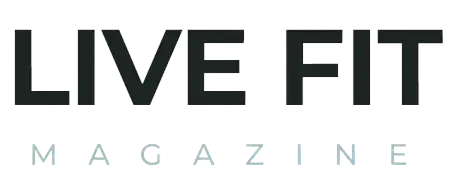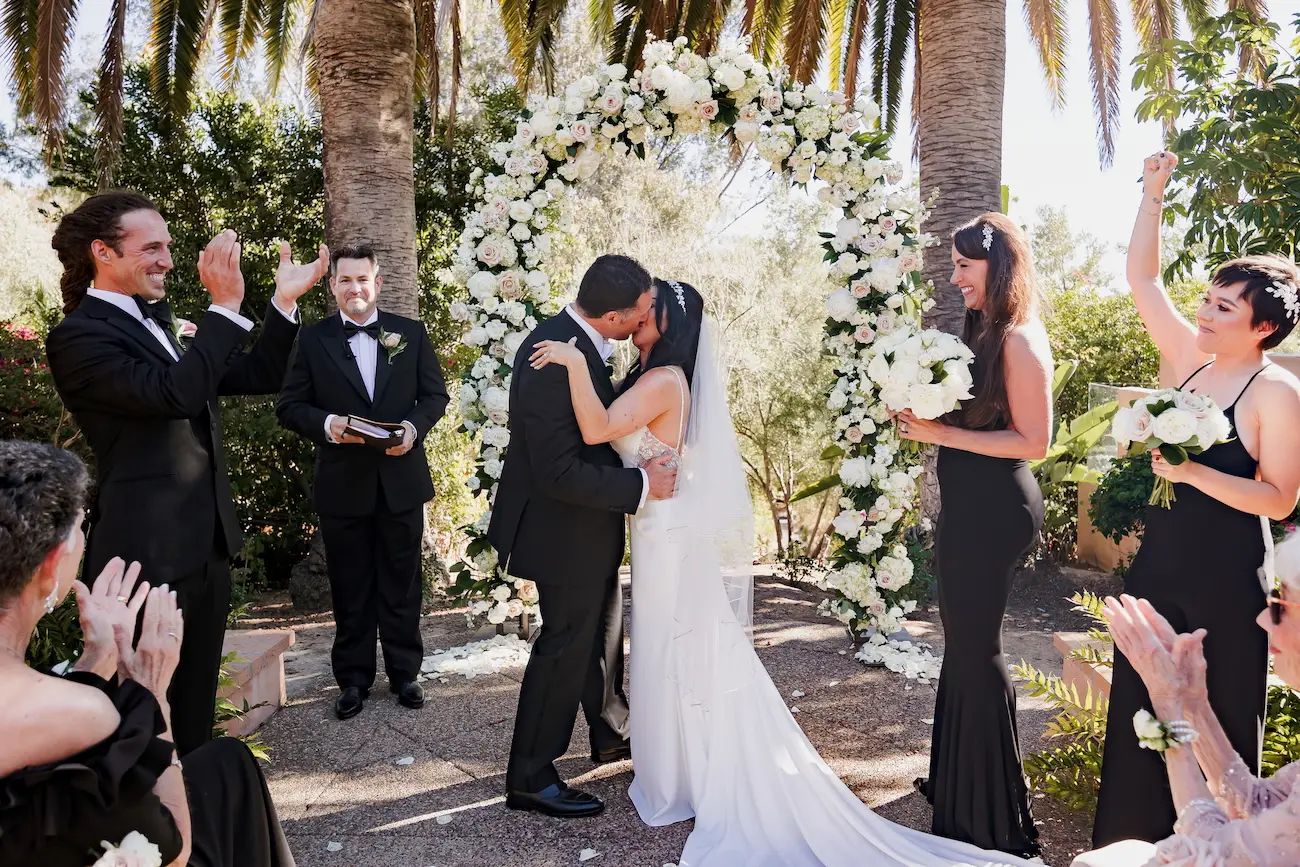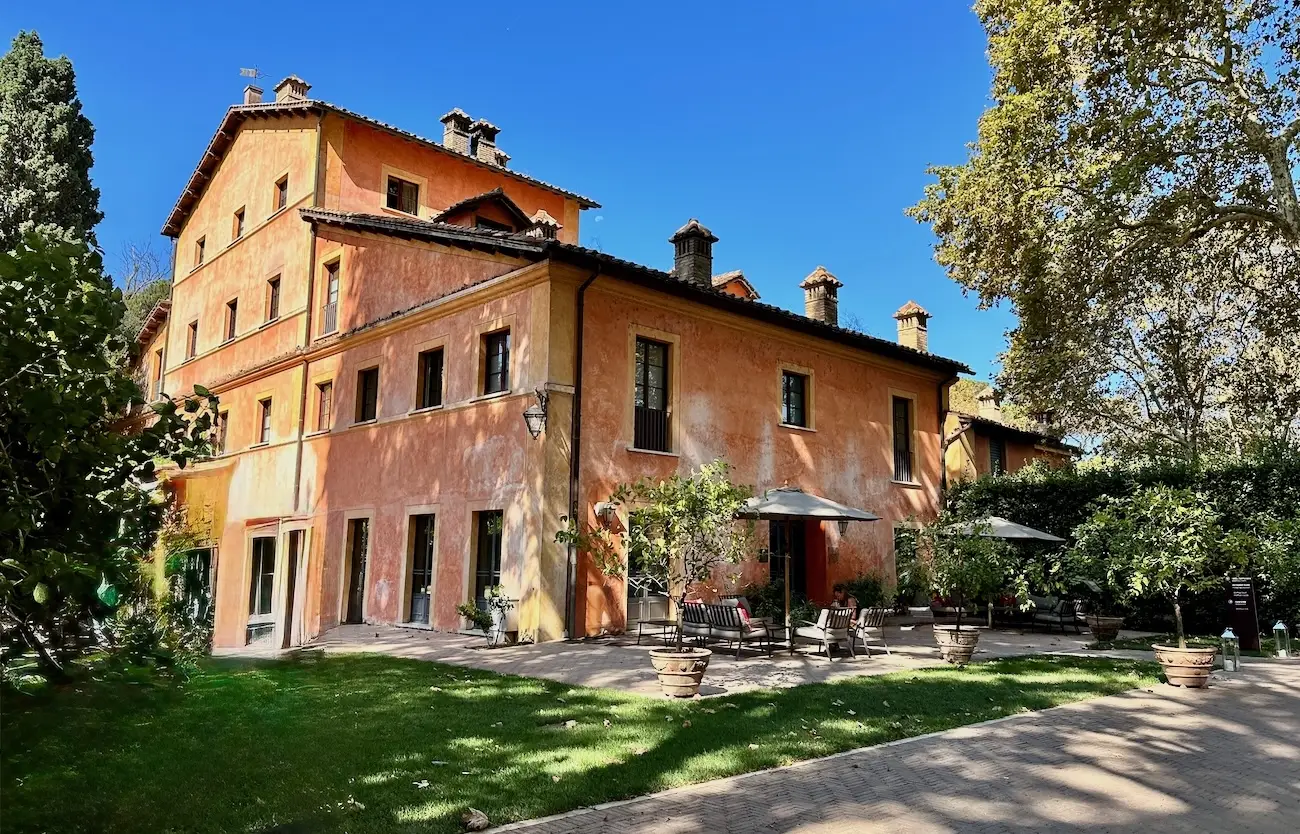
Embracing Change: Making Changes that Stick
A while ago I read “Way of the Peaceful Warrior”, a book by Dan Millman and now a motion picture. I highly recommend reading this book. As with many books that are turned into movies, there just isn’t enough time for all the details that are included in the book. The book claims it changes lives and it got me to think about change and the way it occurs in so many of our lives. So many people want to make a change and yet they find they can’t. Why does this phenomenon occur?
Frequently, many of us resist change. We simply like things the way they are even if the way they are isn’t that great. It’s familiar and change can be very threatening and fearful. It sounds odd, but many people truly are creatures of habit and have to be forced to change. Whether it’s leaving a bad and broken relationship, quitting a job that you have no passion for, or learning to eat healthier and workout to keep yourself alive — A self-described negative event often precedes change, but the benefit of changing can be a positive experience. In other words, we are forced to change our ways. The Model of Change is known to many motivational speakers and trainers. It describes the stages that people go through in order to effect change. Understanding this model can help bring about positive changes without first having to experience an undesirable event. Here’s how it works.
Typically, before a necessary change is made, we enter a pre-contemplation stage-a period when we don’t realize that a change is necessary. It’s sort of an ignorance-is-bliss state. Change begins when we actually notice that something needs to be done. This starts the cycle of contemplation. How we get to this stage is generally induced by information that is timely and personal. But it usually doesn’t come from coercion or even advice; that’s why nagging doesn’t work. But convincing information can at least start the process of contemplation, and then change could be just around the corner. However, this stage can pass very quickly if you don’t use the information and take action. That’s why you hear many people constantly talking about making the same changes over and over. It’s not that they don’t want to. They actually have contemplated the changes maybe even thousands of times. What has to happen is a tipping of the scale that propels you from ambivalence to a state of determination.
In the determined state, many people can become overwhelmed by what they believe is an enormous task to effect a change. Here’s the key that sets you free to change: if you can envision a clear end goal that coincides with your needs and values, and you clearly understand how making this change will result in a better outcome, you will more easily move into an action state.
This stage is the most remarkable. Here people truly make incredible changes physically, mentally, spiritually. They give up addictions, run marathons, lose 50 pounds, change behavior that is not conducive with their values, find loving relationships, find careers that ignite passion, and on and on. In this stage, people tap into their intense desire for fulfillment and wholeheartedly go for it!
The maintenance stage follows the action stage. In this period people find they have to practice and keep asserting the new actions that allowed the change until the change becomes automatic and part of their lifestyle.
Finally, the last stage can take you all the way back to the beginning-just like in the movie Ground Hog Day. You wake up and try it again and again. This is the stage of relapse. It’s completely normal and experts say that often several trips through the various stages are required to eventually effect change. So don’t be discouraged if you’ve made a decision to change something in your life and you found you got stuck; instead, just hop back into the Model of Change and methodically work through the stages. One day the change will stick-don’t give up!
🔑 Key Action Steps for Creating Lasting Change:
- Recognize the status quo: Honestly assess if there’s an area of your life that feels stagnant or unfulfilling.
- Educate yourself: Seek out timely and personal information that helps you see why change might be necessary. (Books like Way of the Peaceful Warrior are a great start!)
- Move from thinking to planning: If you’ve been contemplating a change, write down exactly what you want to change and why it matters to you.
- Visualize the outcome: Clearly define what success looks like and how this change aligns with your values and long-term goals.
- Break it down: Create small, manageable steps to avoid overwhelm and build momentum.
- Take action: Start now, even if it’s a tiny step. Action creates clarity and builds confidence.
- Create accountability: Share your goals with someone you trust or track your progress regularly.
- Maintain the shift: Practice new behaviors until they become second nature—consistency is key.
- Expect setbacks: When relapse happens, don’t view it as failure. Re-enter the cycle and keep going.
- Celebrate progress: Acknowledge small wins to stay motivated and reinforce the value of the change.
Courtesy Image by Albrecht Fietz from Pixabay
Hi, I’m Phoebe Chongchua—founder of Live Fit Magazine. I created this space to blend my love of travel, storytelling, and wellness into one curated destination. Live Fit is about living well in every sense—exploring new places, staying curious, and finding balance on the road and at home. I’m especially drawn to immersive, active travel—think hikes with a view, bike rides through wine country, and experiences that connect you to a place and its people. Thoughtful, luxurious travel, good food, and a touch of style—that’s what Live Fit Magazine is all about.



